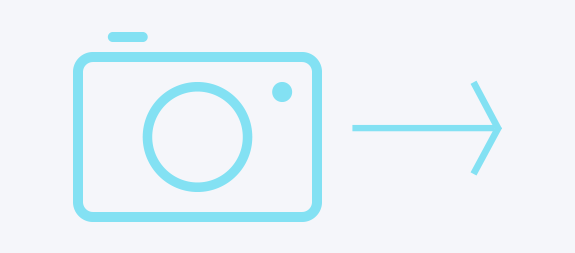Laser skin resurfacing is a very effective cosmetic procedure that can help get rid of age spots, acne scars, blemishes, and wrinkles. Although this procedure is notorious for its success, the amount of information available is immense and can be hard to wade through. Our goal is to inform you without having you feel overwhelmed. Here are some starting basics to know about laser skin resurfacing.
Types of Laser Skin Resurfacing
Laser skin resurfacing comes in quite a few forms with each one targeting a specific problem.
These types of lasers include:
- Ablative lasers
- Non-ablative lasers
- Fractional lasers
- CO2 lasers
- Erbium lasers
- Alexandrite lasers
What to Expect
Prior to treatment, Dr. Mejia needs to know your medical history including any medications you are currently taking. You will be prescribed antibiotics and also medication to prevent blister formation. You should stop taking certain medications and supplements two weeks prior to your procedure, those of which we will tell you in-office. Since smoking can slow the healing process, you will need to stop at least a week prior to undergoing treatment.
How is it performed?
After anesthetizing the skin, the laser is applied. Depending on the type of laser and depth of treatment, it may feel like a rubber band being snapped against your skin. Non-ablative lasers usually only require topical anesthetic for comfort. Since ablative lasers remove layers of skin, patients may need both local anesthesia and sedation during treatment, depending on the depth. Your comfort is of utmost importance, so the kind of anesthetics used will be discussed prior to treatment depending on your concerns and goals.
Suitable Candidates
The best candidate for laser skin resurfacing is in overall good health and has realistic expectations about the possible results. In addition, they may have the following skin concerns, which include:
- Wrinkles
- Fine lines
- Acne scars
- Premature jowl formation
Certain skin tones or those with acne flares may not be suitable candidates for ablative laser skin resurfacing. In addition, patients who are prone to cold sores or smoke should avoid ablative skin laser treatments. In any of these cases, we can discuss best treatment options for optimal results.
Recovery
After the laser skin resurfacing procedure, your skin usually takes three to 10 days to heal. The recovery period depends on the depth of your laser treatment, the number of areas treated, and how fast your body begins to heal itself.
On a side note, it’s normal if your skin becomes red and eventually peels after skin lasering. To minimize discomfort and promote healing, it’s recommended you keep the treatment areas moist with Aquaphor or Vaseline.
How Safe is Laser Skin Resurfacing?
When performed by a board-certified dermatologist, laser skin resurfacing is quite safe. However, it’s important to only have the procedure performed by someone who is skilled in both non-ablative and ablative laser treatments.
Follow-Up Care
Even after the initial recovery period, it’s important to protect your skin. Always apply sunscreen, even when it’s cloudy outside. UV rays can still penetrate through the clouds and harm your skin.
Schedule a Consultation
To get started on discussing your laser resurfacing options, contact our Jupiter office by calling or filling out our online form.






